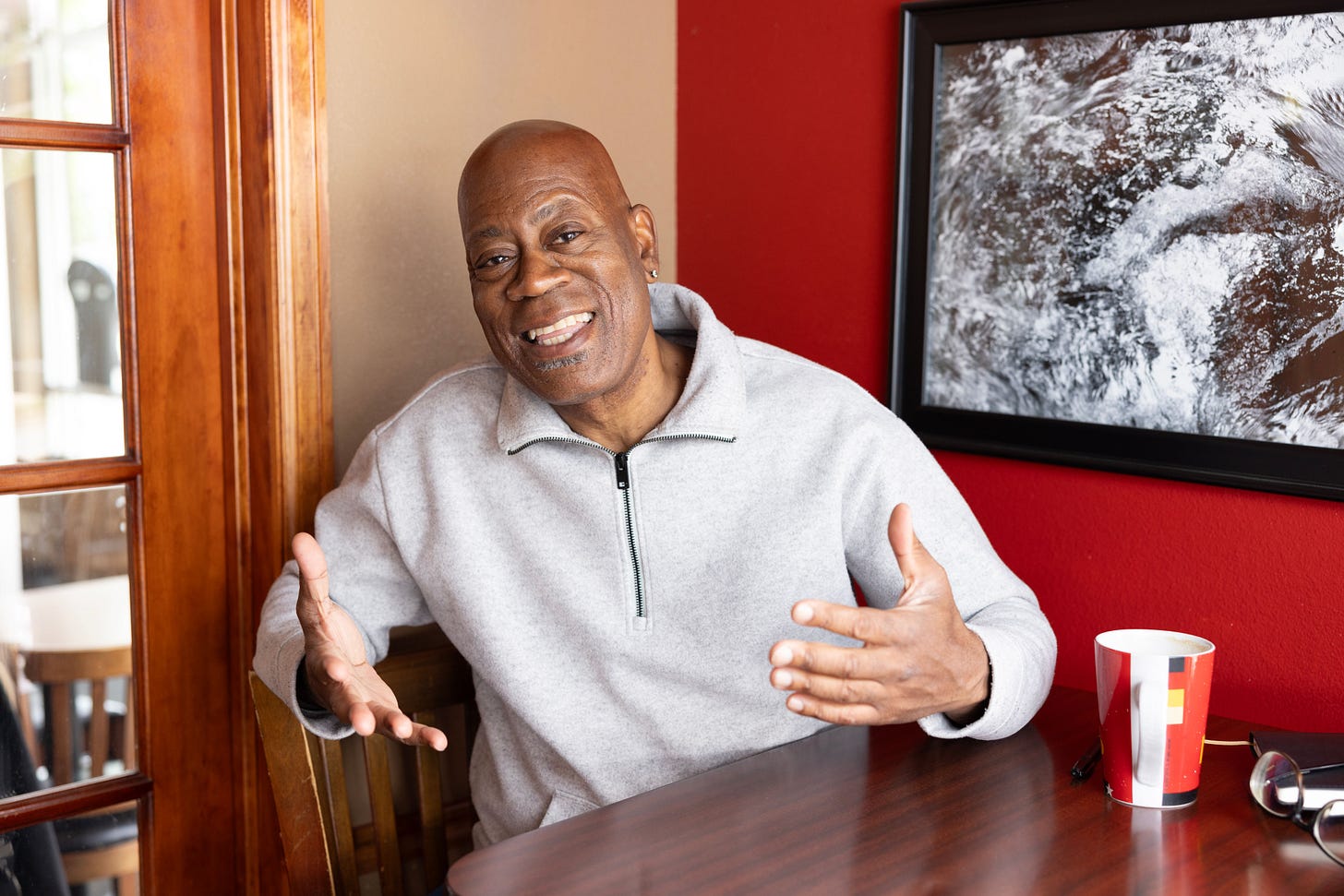Sculpting Your Inner Greatness
“I saw the angel in the marble, and carved until I set him free.” — Michelangelo
As a native Midwesterner, I’ve always found a good ole ice carving event to be profoundly captivating.
Imagine standing, bundled up in layers to shield yourself from the biting cold, as you watch a block of ice slowly transformed into a magnificent sculpture. The artist begins with an uncarved block—a formless, untouched piece of nature, holding endless possibilities within its frozen heart.
With each deliberate stroke of the chisel, the block morphs, gradually revealing its hidden form. It’s a process of discovery, not just for the artist, but for the onlookers as well. And it’s a metaphor that I find beautifully aligns with my own life journey—one that echoes the Taoist concept of the Uncarved Block.
In Taoism, the Uncarved Block, or “Pu,” represents the state of pure potentiality. It’s the idea that everything in its most natural, unaltered state holds immense power and wisdom.
Like the block of ice before the sculptor’s tools touch it, we, too, begin our lives as uncarved blocks. There’s an inherent simplicity, a raw essence within us that’s waiting to be expressed.
The power of simplicity, as Taoism teaches, lies not in adding more to our lives but in uncovering and appreciating what’s already there, untouched and unrefined.
In the context of my life, I’ve often seen myself as that block of ice. Over the years, society, expectations, and even my own ambitions have attempted to chisel away at me, trying to shape me into a predetermined form.
But the true essence of my journey has been less about the external carving and more about understanding the beauty of remaining an Uncarved Block—allowing life to shape me not through force, but through a natural unfolding.
The Wisdom of the I-Ching — Hexagram 4: Ming (Youthful Folly)
This concept of natural unfolding is beautifully captured in the I-Ching, particularly in Hexagram 4, known as “Ming” or "Youthful Folly." Ming speaks to the importance of tapping into our inner guide—our Inner Sage—that voice of wisdom that resides within us all.
According to the I-Ching, this Inner Sage is much like a child, needing to be nurtured and refined over time. The hexagram reminds us that our success, our true path, often emerges more swiftly and smoothly when we follow a wise teacher. Yet, this teacher is not always external. Often, the most profound guidance comes from within.
In raising children, we understand the need for patience, care, and attentiveness to their natural development. Similarly, in our spiritual journey, we must approach our Inner Sage with the same gentle guidance, allowing it to grow and mature at its own pace.
Ming teaches that while external mentors are valuable, the true guide—the one that knows our path intimately—is already within us, awaiting recognition and cultivation.
The Union of Inner and Outer
Eastern philosophy often emphasizes the unity of opposites—the balance of yin and yang, the harmony between heaven and earth, the integration of the inner and outer.
My upcoming book on Taoist nomadic wisdom delves into this very notion, advocating that true manifestation in life begins from within. The outside world, with all its demands and distractions, can easily lead us astray if we haven’t first attuned ourselves to our inner compass.
This compass, as Ming suggests, is our connection to the Uncarved Block within us—the part of ourselves that remains untouched by the external world’s chisels. When we focus on nurturing this inner guide, on maintaining our inherent simplicity, we find that the outer world begins to align itself more naturally with our true desires.
The Taoist way is one of effortless action, where doing less often achieves more, and where aligning with our natural state brings about the manifestations we seek without unnecessary struggle.
In my life, this has meant resisting the urge to force outcomes, to hurry the carving process. Instead, I’ve learned to appreciate the value of stillness, of allowing the form that’s within to emerge in its own time, much like the ice block slowly revealing its inner sculpture under the careful hands of a master.
For me, it’s about trusting that the inner and outer are not separate, but are two parts of the same whole. So when they unite, the true power of our potential is unleashed.
Conquering the Self
As I reflect on my lived experiences, I’m reminded of a crucial lesson—one that I hope resonates with you as well. It’s not about conquering others to develop power. It’s about conquering yourself.
In the Taoist tradition, true strength comes not from external dominance, but from internal harmony. The Uncarved Block, in its simplicity, represents this inner strength. It’s a reminder that our power lies not in how much we achieve outwardly, but in how well we align with our true nature inwardly.
As you continue on your own life journey, consider the wisdom of the Uncarved Block. Embrace the simplicity within, listen to your Inner Sage, and allow your path to unfold naturally.
In doing so, you may find that the journey itself is the true masterpiece—a work of art that requires no chiseling, only the gentle guidance of a life lived in harmony with the Tao.
Since 2022, The Chocolate Taoist has delivered uncommon nomadic wisdom to help you live a more interconnected and expansive life.
If this publication has been a source of wisdom for you then please consider helping me sustain it by becoming a monthly or annual contributor.
For just $6.00/month or $60.00/year, you’ll have the opportunity to share your lived experiences with fellow nomads, fueling fiery discussions that provoke, inspire, and challenge you to think differently.
So I hope you will take the plunge today and contribute to my mission of helping human travelers on this life journey.
Onward and Forward
Diamond Michael Scott aka The Chocolate Taoist





